When deciding how to paint your home’s interior walls, the variety of finishes available can…

Interview With Gabi Da Rocha from Gabi Da Rocha Interiors
Hello! Can you tell us about yourself?
Hi my name is Gabi Da Rocha, I’m an interior designer with my own practice in St Margaret’s, Richmond.
I work in both residential and commercial properties. My residential clients tend to be couples with families that are moving into their first home, renovating, scaling up to bigger properties or downsizing. My commercial clients include offices and pubs.
I worked as a set dresser for the film industry and therefore can transform any property. We pride ourselves in designing unique interiors to suit individuals.
What’s your backstory and what attracted you to design?
I began learning my craft nearly 30 years ago. After studying Interior Design at Chelsea School of Art I started working for Laura Ashley, styling and producing their home furnishings catalogue. I then moved to Colefax and Fowler – at the time the most prestigious interior design company in the UK – where I worked on a design team based in their Brook Street headquarters, focusing on projects in the UK and overseas.
After moving into the film business, styling and prop-buying for TV commercials and movies, I formed a long and successful partnership with Jenny at White Linen Interiors, and started my own interior design business Gabi Da Rocha Interiors 4 years ago.
I am RegID MBIID and am proud to be a Member of the British Institute of Interior Design and a BIID Registered Interior Designer®
What do you love most about designing?
I love helping people understand their needs and how to reach the potential of their homes. Guiding them in the right direction but not forcing our ideas on to them. The joy the clients feel when their home is just as they’d dreamt.
This is one of many testimonials from a happy client –
“Working with Gabi was a joy. She understood the brief exactly, and her attention to detail gave me the look and feel I wanted. Her experience and contacts in the industry meant costs were kept down, without compromising on quality or design. I loved working with her, and would do it again in a heartbeat…” Tanya De Jager in Barnes.
This had been the clients home for a long time before they decided to refurbish it and turn the period Lion House in Barnes, into a more contemporary style of living. As the job progressed, our fabulous client realised that she was more bling than she had realised, and wanted lots of glamour, lush and jewels!
My clients sometimes don’t have specific styles in mind, and I pride myself on catering to any design requests – Tanya and I had great fun working together to unearth her taste for the lavish!
Who, for you, has been the most influential designer/designers?
This is a difficult question to answer. I love the designs by the Soho House Group. Kit Kemp is fun and daring. I admire the elegance and style of Steven Gambrel and the classical/contemporary style of Sims Hilditch and Helen Green. There are so many hugely talented designers out there and, as everybody wants something different, I tend to draw upon different designers for inspiration with every new client.
Where do you find inspiration for new designs?
I look through lots of magazines, take photographs of any designs whether architectural or a detail on a flower, Pinterest and Instagram are also a great source to find inspiration.
We have a large table in my office where we lay fabrics, wallpapers etc. I get a buzz when I gather all the materials for a project and see how well each piece works together.
When I get ‘designers block’ I tend to take a couple of days off that project and come back to it with fresh eyes, it always helps!
Describe your approach to functionality v aesthetics.
My favourite approach for design is to mix contemporary with antique/classic styles. I think it’s important to give new life to already owned belongings like memorabilia or furnishings passed down by the family, as I believe in using interior design to highlight and complement my clients personalities. I’m not so keen on a pristine, arid interior that doesn’t feel warm or inviting.
Because of my background as a set dresser and the years that I have been working in interiors, I have a huge supplier and trades list, and can generally have anything made. One of the projects I worked on was for an advertising agency in Knights-bridge. The brief was to to turn the cold and cavernous space into a warm and inviting gentleman’s club with a touch of humour and pizzazz. We thought it would be fun to get a model maker to make a moose head that talks to you when you approach – they all loved it and it was a great touch that didn’t cost the earth!
Describe your approach to choosing/using colours.
I tend to start the palette by gathering the busiest strongest elements, such as a busy wallpaper or feature fabric, then add the other elements such as upholstery and wall colours to suit the original materials. This way the components don’t fight each other and the project flows well together.
For example, we picked the wallpaper for the restaurant section of this pub on Kew Green to bring some botanical elements as they were so close to Kew Gardens. From there, we selected the upholstery fabrics which not only had to be practical but also added warmth, colour and interest. We added punchy colours on some lampshades.
How are green awareness and the increasing popularity of Eco-friendly products affecting the design process(now, and in the future)?
Eco friendly products are still expensive, which is a huge shame as it does put people off using them. It’s great that technological developments and increased demand mean they are coming down in price and becoming more easily available. As a result, I keep a keen interest in sustainable interior design.
I would love to change my practice to become completely green, but at the end of the day I play an advisory role. Sadly, on the whole my clients are looking for aesthetically pleasing design rather than that which puts the environment first.
I welcome and encourage the introduction of green materials, and I’m very excited when it’s a product that I can recommend to my clients with relative ease, such as paints and fabrics.
Take us through your process of designing for a client.
We have 5 stages of Design Process.
Stage 1 Preliminary Phase:
Our initial meeting and briefing allows us to get to know the client, and for us to evaluate their requirements, likes and dislikes, all of which is vital in building a trusting relationship where we understand what they are trying to create.
The design process is divided into 5 stages: Preliminary Phase, Concept Design, Design and Development, Construction, Furniture, Fittings and Equipment (FF&E) and finally the Dressing of the Room.
Following the initial meeting we require another site visit to take measurements. photographs for reference and to discuss, develop and agree the brief and the furnishing requirements, which is then proceeded by the appointment of works.
We will supply the client with a written design brief that must be agreed by both parties before any work commences.
This will guarantee the smooth running of the project with our pre-design research and assessment.
Stage 2 Design Concept:
At this stage the furniture layouts and design ideas are presented and cost options discussed with the clients.
Once the above is agreed we then move onto stage 3.
Stage 3 Design Development:
Digital moodboards and colour schemes are explored showing different range of fabrics, lighting and furniture, product samples such as paint colours, wall coverings, flooring, fabrics and sample mood boards (if required) are provided for consideration.This stage allows for design refinements and developments following the client’s feedback.
At this point is where a 3D drawing could be commissioned and agreement to brief technical drawings are made.
Stage 4 Construction:
We brief and liaise with the building team, project manager or decorators, supplying a detailed specification for each room, supported by a few more site visits.This is the building works phase and where all furnishings and material orders are placed.
We ensure that all the ordering of fabrics, paints, tiles, flooring and furnishings etc. are made and that their delivery dates are convenient to our clients or builders.
All materials are supplied at competitive prices.
Stage 5 FF&E and Dressing:
The final stage is the supply of furniture, fixtures and equipment. This is the exciting stage where the property finally comes to life and where we dress the property and transform it into a home.
What do you like to hear people say when they view your work?
That they not only think that the colours, textures and furnishings that I have put together for their project look wonderful, but that the process of working with us was enjoyable. I love it when clients want to work with us again, and as they know that each job is individually tailored to their personality they know it’s safe to recommend us to friends and family.
What is your all-time favourite design (yours)?
Ooh! This is a difficult question, as I am proud and like all the designs that I have created for my clients.
I suppose the most fun we had was to commission an 8’ light bulb to hang from the atrium of an advertising agency. Our concept was ‘the big idea’ which we thought worked well with their brand strategy.
What is your all-time favourite design (someone else’s)?
Again this is a hard question, I suppose that one of my most favourite designs is Soho House Istanbul. The members club is a 19th century palazzo, it has the original architectural features in this historic building, and the Soho House Group have cleverly mixed old with new in their usual stylish way.
Through real-life design projects, have you learned anything particularly helpful or advantageous?
The biggest challenge we face as interior designers is pricing. All designers price differently, and therefore I can imagine how difficult it is for clients to gauge the right amount that they should be paying.
Our work is about 85% admin and 15% design, which surprises people.
There is so much work that goes into a simple order. For just one cushion, for example, we have to consider the following:
designing the style, choosing the fabrics, enquiring on stock availability and pricing, sending quotes to clients, posting swatches of fabrics and designs to cushion makers to check against the fabrics once received, paying suppliers once clients have approved quote, chasing suppliers, sometimes the fabric is out of stock so we have to start again, or a fabric has been delivered is damaged which can take us a long time to sort out, invoicing clients, arranging delivery of materials and the finished product.
Clients sadly don’t understand what goes into just one seemingly uncomplicated order.
We often under-charge as sometimes it seems impossible to explain how long the admin can take. Clients like designers that keep timesheets and time, as lawyers do, to diligently record how long is spent on each project.
Advice for readers who want to redesign their homes/workplaces?
Some people wonder why they should hire an interior designer. In any profession from law to landscaping an expert can bring experience, knowledge and skill to help get what you want.
An interior designer will help create the environment and aesthetics you wish to live in without having to worry about whether the sofa and sideboard will fit into the room or that the gloss on the door frame will match the wallpaper. They help you design a room layout that will place the electrics in the perfect spot for the furniture that you choose, and that it will work within your space.
I have come across many people who have decided to ‘design’ their own rooms or entire homes and have sadly lived to regret it. Having spent hours finding and buying the whole list of things that they love, they find that when they are delivered the style doesn’t work, or worse, the furniture doesn’t fit into the space, and the money and time has been wasted. Employing an interior designer could even save you money!
However, it’s important to find an interior designer who will listen to your ideas and not force their own style into your home. After all, it is their home, and they are the ones that are going to live there.
A key part of my business is to work closely with my clients and listen to their every need. I think a lot of my value comes from translating their ideal room into the real world. Cementing their often abstract wishes takes experience, expertise and patience, but the end result is a rare instance of the imagined becoming a part of their everyday lives.
What interesting projects are you working on right now? And what does the future look like?
I tend to have around 8-10 projects that I work on at a time, some are small projects like helping with finishing touches, or window treatments, others are big refurbishments. I particularly like clients coming back to refresh previous projects that we’ve worked on together.
We are guided by one simple principle: Our clients will be the ones working in the spaces we create so they should be happy with the project from every angle and aspect. This belief means we work in an incredibly collaborative way.
With the magic of the internet we can do this internationally as well. We are working on a big restoration project in the US, and a job in Thailand that has been delayed for a year, due to complications with building works.
Where can we go to learn more?
– links to your website, FB, Twitter, Instagram, blog posts, your email, etc

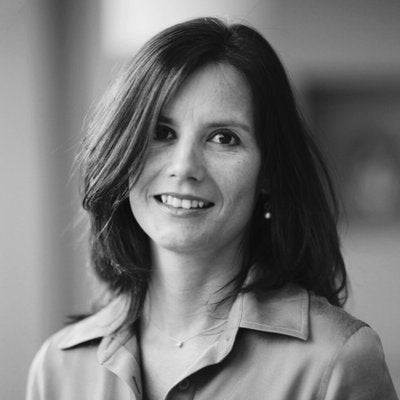


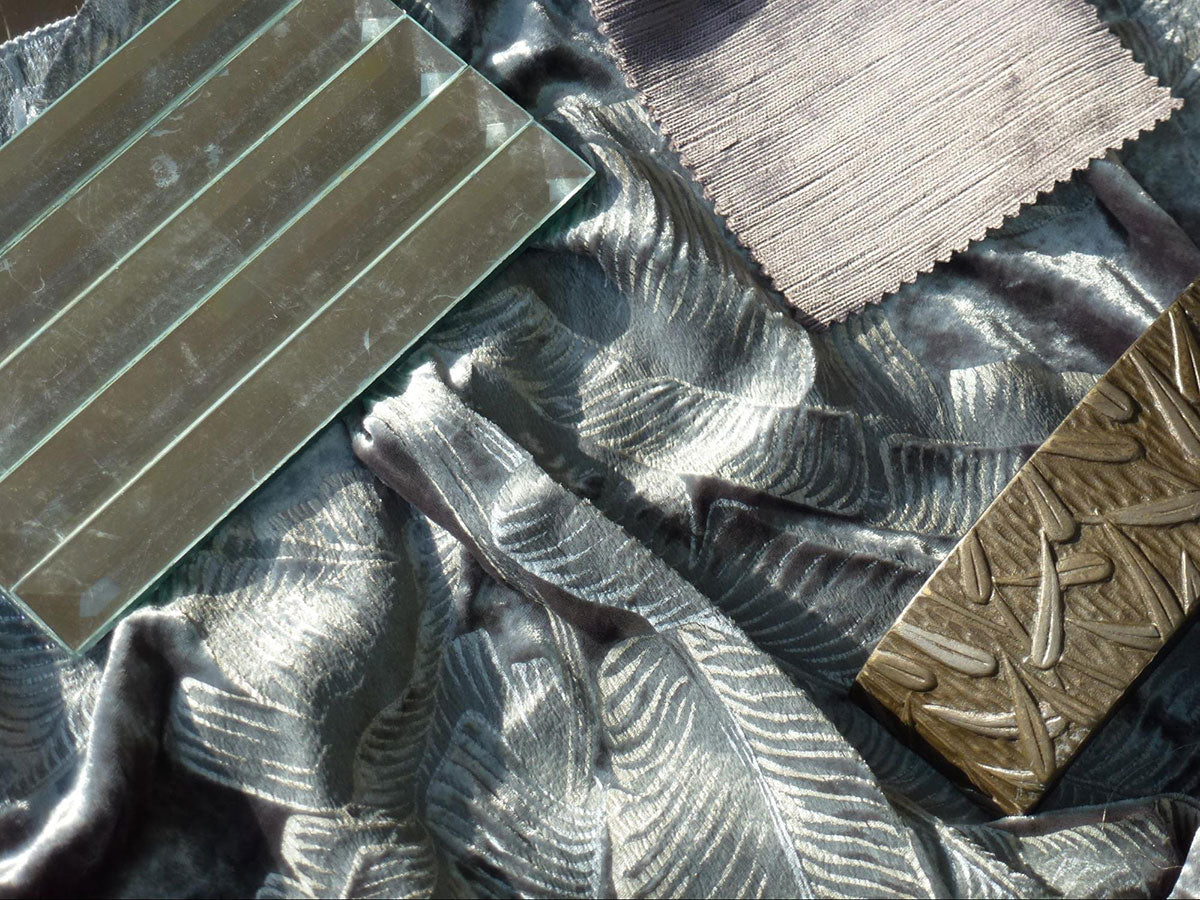
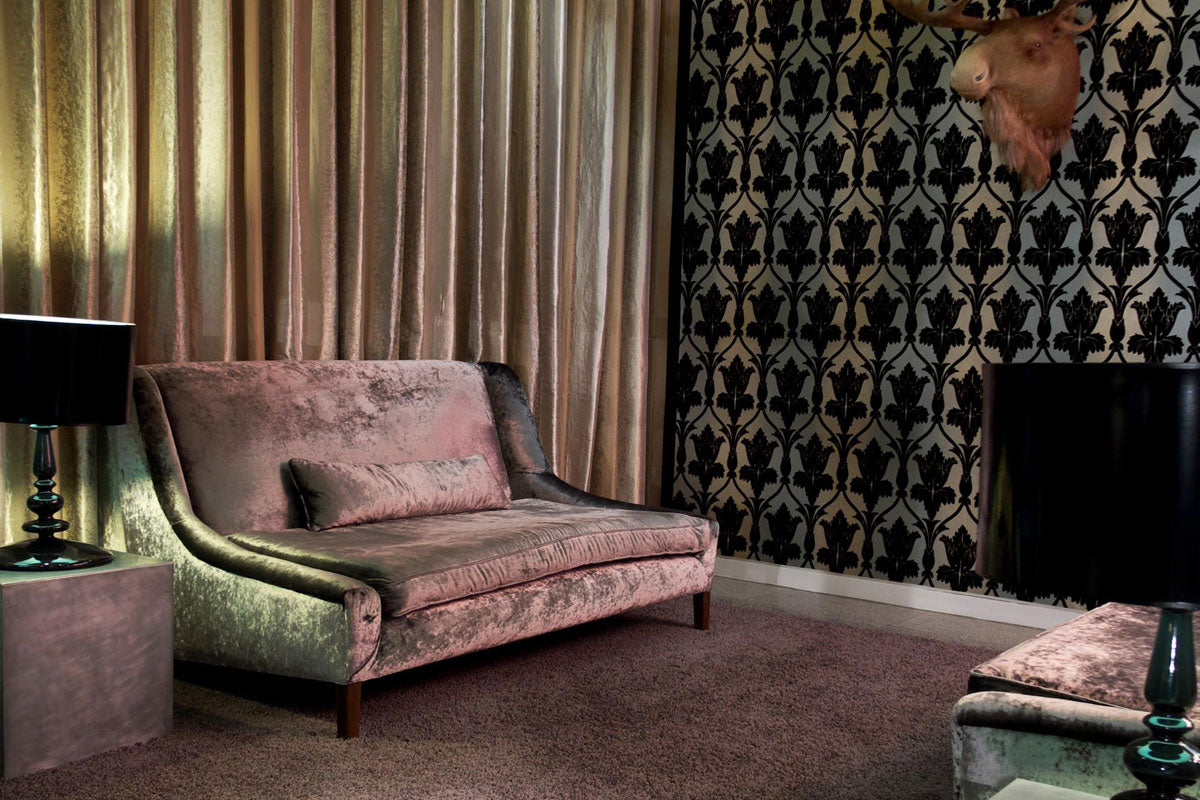
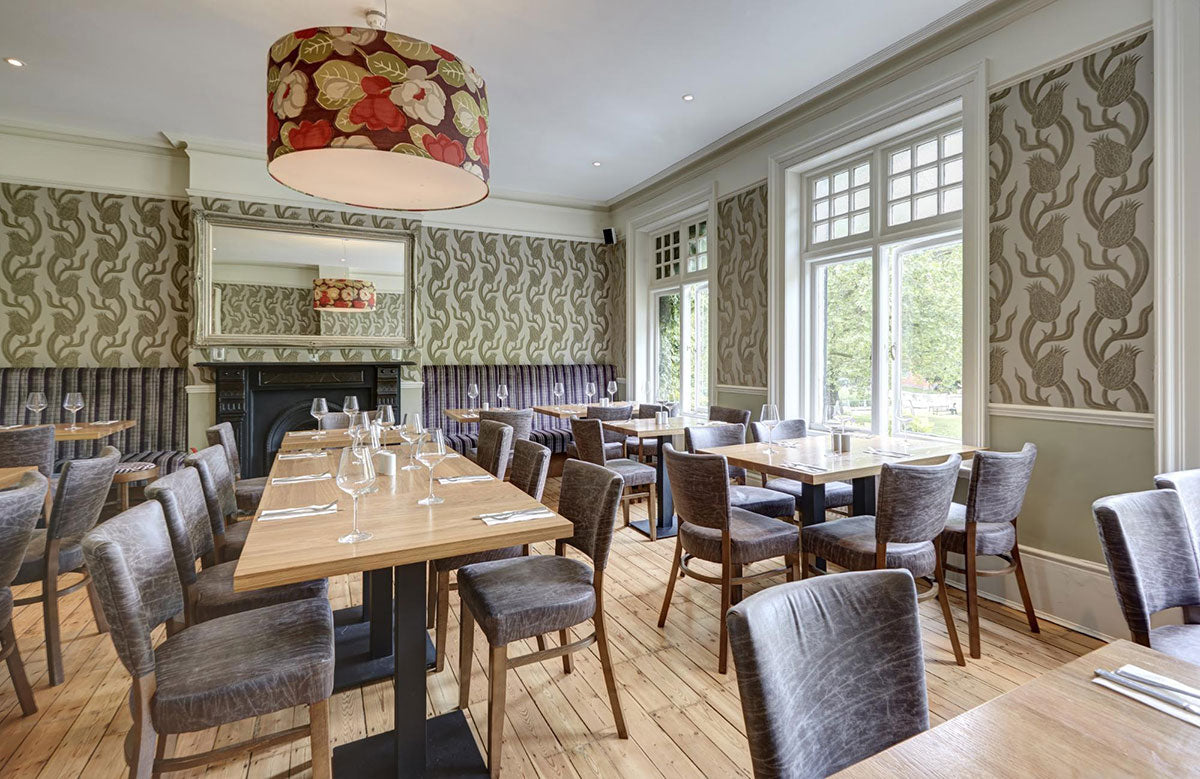
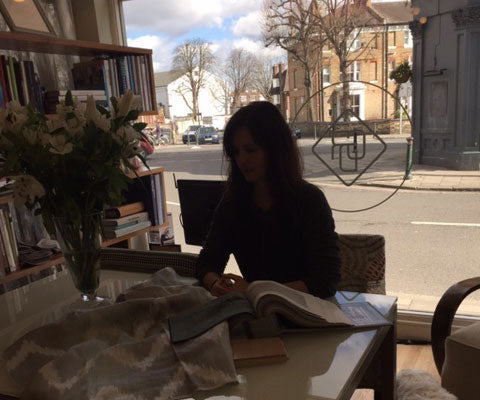
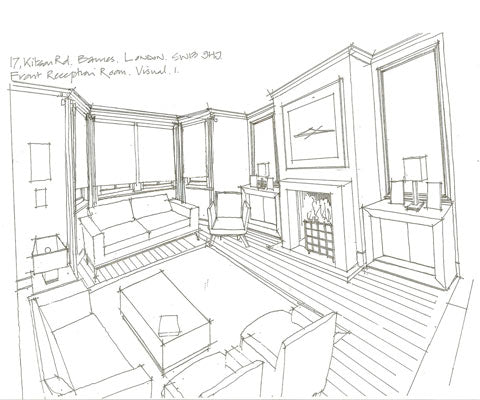
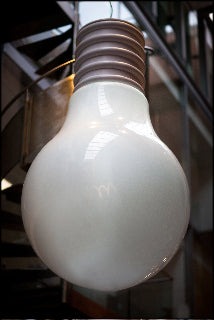

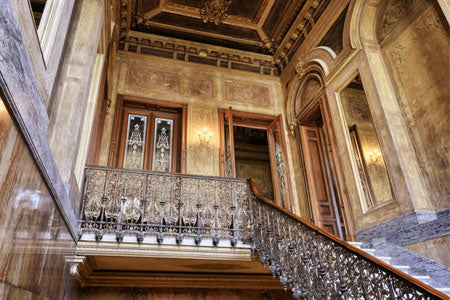
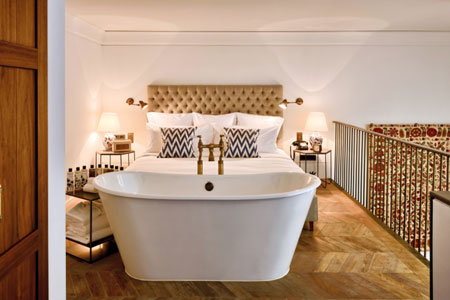
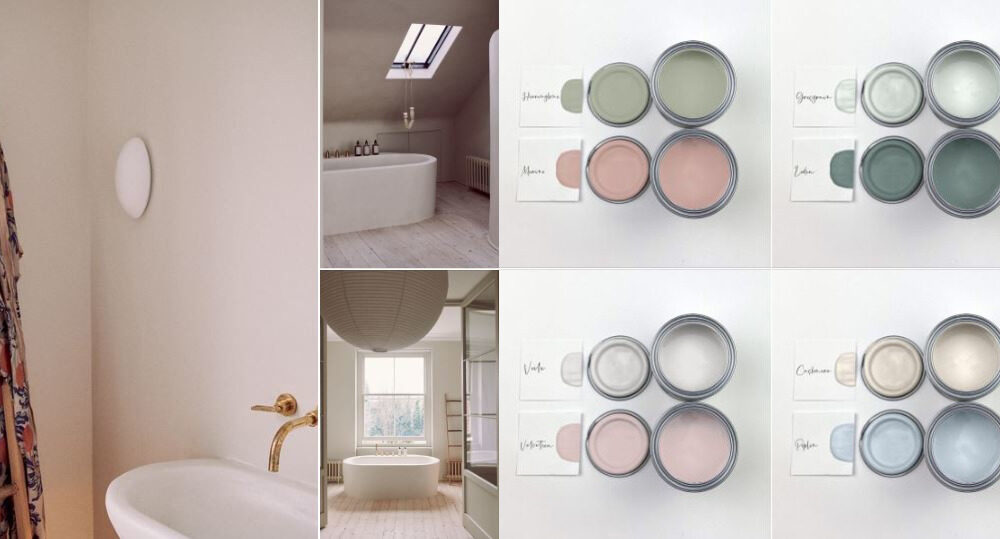

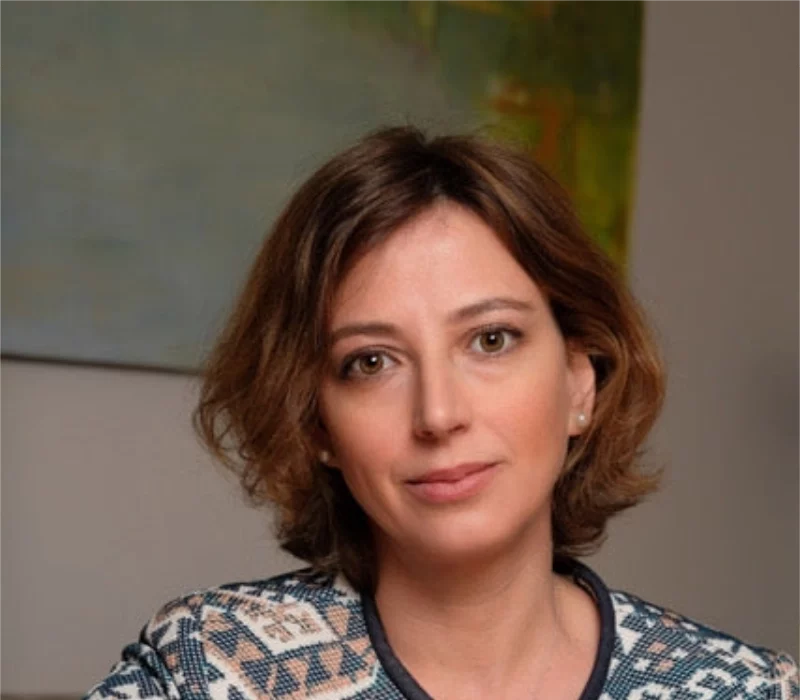
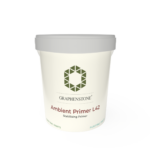


This Post Has 0 Comments